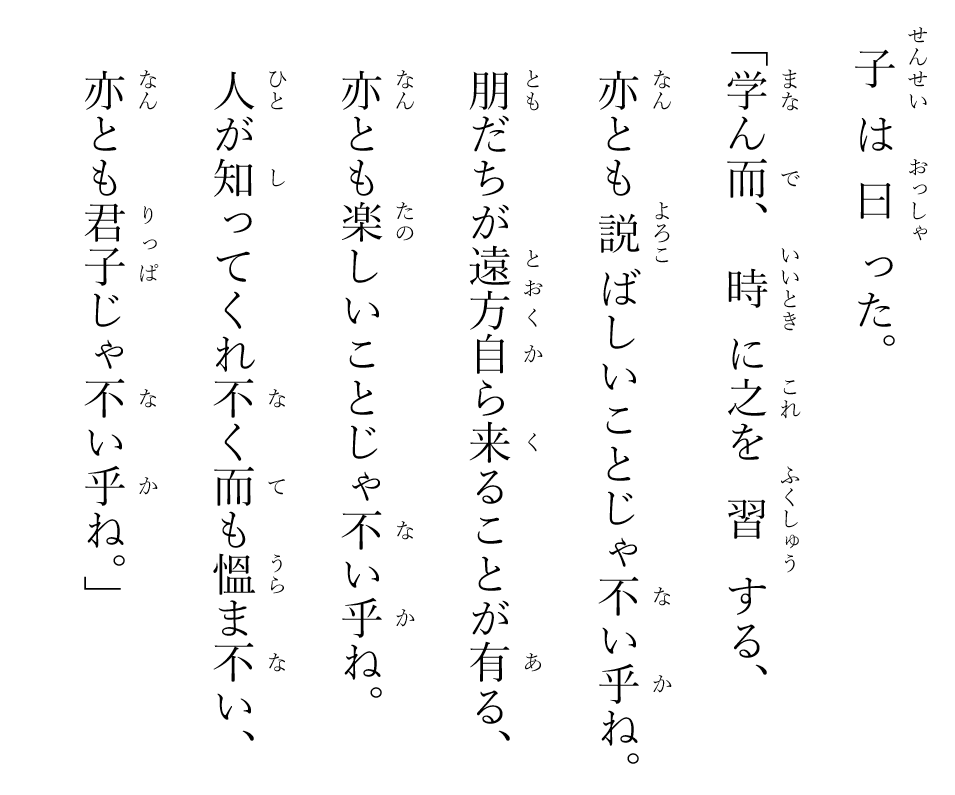The Log-Antilog Procedure: Part I
I need to take two types of math papers when I was in Form Four. The year was 1996 and it was the year when we celebrated the completion of the Petronas Twin Towers.
The first paper is called modern math, the second paper is called additional math. Although the first paper is prefixed with the word modern, some of its contents is not modern at all. One example is that the government forced us to learn an outdated technique of multiplying numbers with the aid of four-figure tables.

The procedure requires the student to first read the logarithms for the two numbers from the log table. The sum of the logarithms are then calculated and finally the antilog table has to be consulted to get the product associated with the sum:
- Write \(7314 \times 7986\) as \((7.314 \times 7.986) \times 10^6\). In Steps 2 to 5, we will only handle the product in the bracket, the \(10^6\) factor will be reintroduced in Step 5.
- Read the logarithms of \(7.314\) and \(7.986\) from the log table, that is \(0.8639 + 0.0002 = 0.8641\) and \(0.9020 + 0.0004 = 0.9024\)
- Calculate the sum of the logarithms: \(0.8641 + 0.9024 = 1.7665\).
- Read the antilogarithm of \(0.7665\) from the antilog table: \(5.834 + 0.007 = 5.841\).
- Multiply \(5.841\) by \(10^6\) (the factor in Step 1) and \(10^1\) (the factor in Step 3) to get \(58,410,000\).
At the end of the class, I approached my teacher and expressed my discontent to him: Why should one learn this outdated technique when we can directly generate the result with just a few key strokes on a cheap pocket calculator. Mr. Chan smiled to me and said,
Because this is the syllabus outlined by the Ministry and we have to follow.Then, I showed him my new fx-570s scientific calculator and asked him if I could use it to get the logarithms and antilogarithms of the multiplicands. My teacher replied,
No, Wee Lee. You will have to learn to use the log table.That was the moment when I first learnt that our math syllabus was fucked up. To make my government happy, I reluctantly learned and mastered the lengthy log-antilog procedure.
Later, I realized that trigonometric identity like
. . . work passes into obscurity and becomes grist for the mill of antiquarians (as with, say, prosthaphaeresic multiplication). Other theories become saturated and are not pursued further. Older work is seen from modern perspectives and is recast, reformulated, while the older formulations may even become unintelligible. Applications become irrelevant and forgotten. Superior methods are discovered and replace inferior ones (vast tables of special functions for computations are replaced by the wired-in approximations of the digital computers) . . .Prosthaphaeresis is very similar to but older than the log-antilog procedure. Here's how we do the same \(7314 \times 7986\) prosthaphaeretically.
Philip J. Davis and Reuben Hersh (1981) The Mathematical Experience, Houghton Mifflin, Boston, p. 19.
- Write \(7314 \times 7986\) as \((0.7314 \times 0.7986) \times 10^8\). In Steps 2 to 5, we will only handle the product in the bracket, the \(10^8\) factor will be reintroduced in Step 6.
- Read the arccosine values for \(0.7314\) and \(0.7986\) from cosines table, that is: \(43^\circ\) and \(37^\circ\).
- Calculate the sum and difference of these angles, that is: \(80^\circ\) and \(6^\circ\)
- Add the cosines of these angles: \(0.1736 + 0.9945 = 1.1681\)
- Divide the sum by \(2\): \(1.1681/2 = 0.58405\).
- Multiply \(0.58405\) by \(10^8\) to get: \(58,405,000\).
Although we want our students to appreciate the tortuous path endured by the astronomers and arithmeticians a few centuries ago when they were doing multiplication aided by prosthaphaeresis, log tables or other mechanical devices, retaining them in modern school curriculum is not a good idea.
Remember that the year was 1996. We were way into the mass market phase of pocket calculators and cheap computing power was easily accessible. Therefore there was no reason for us to force the students to acquire an outdated and irrelevant technique. And this is one good example of how our government was insensitive to our information technology environment that is ever changing.
Fortunately, the modern math syllabus was reformed in 2003 and the log-antilog technique for performing multiplication has since been removed.





Comments